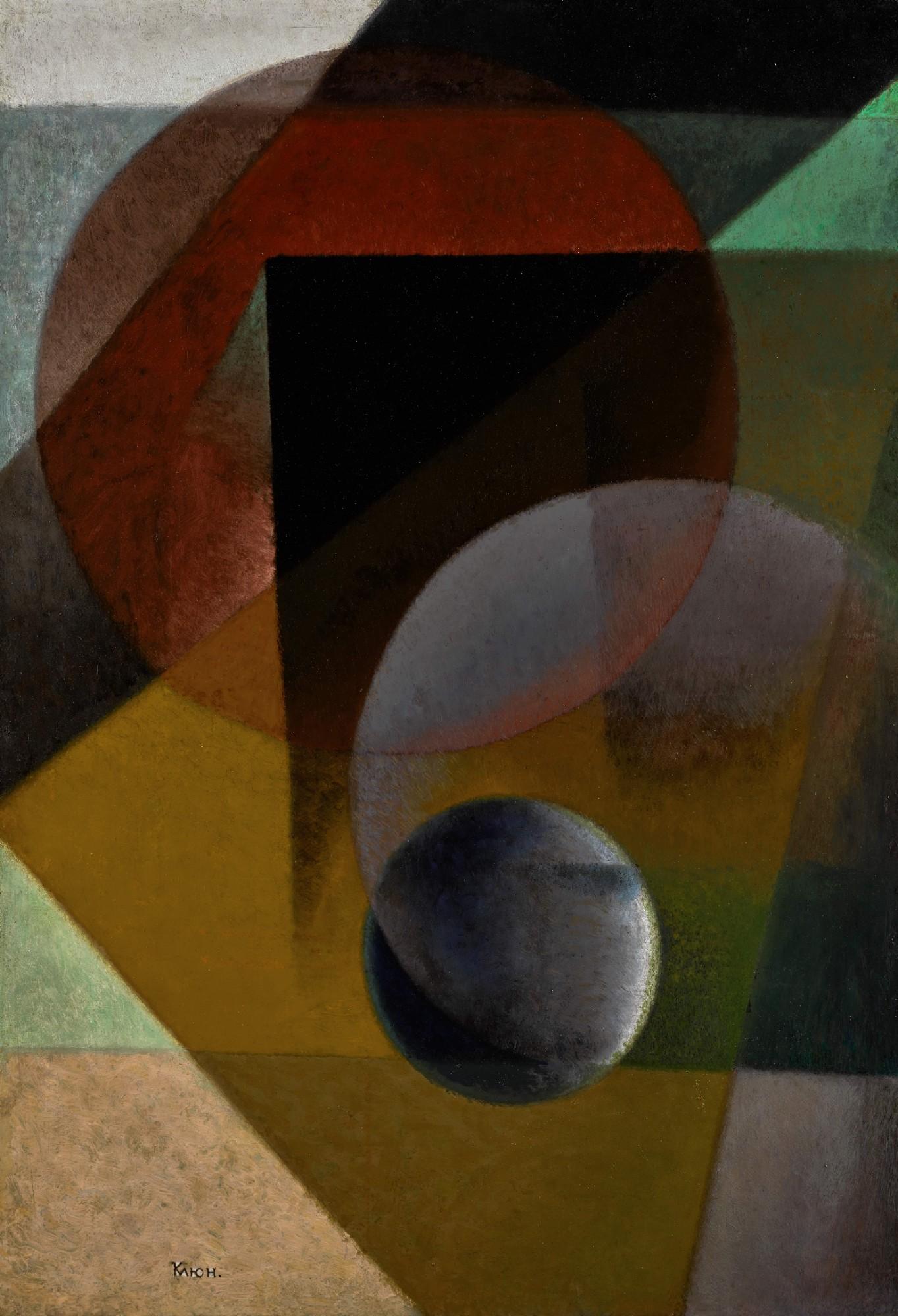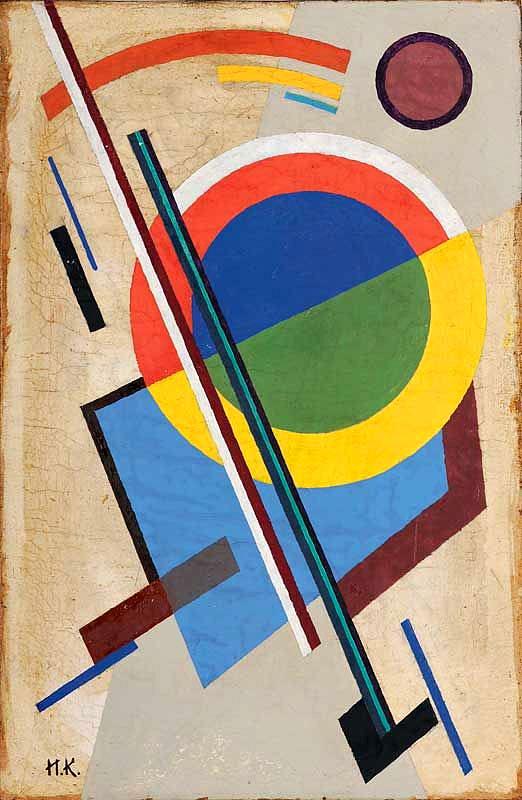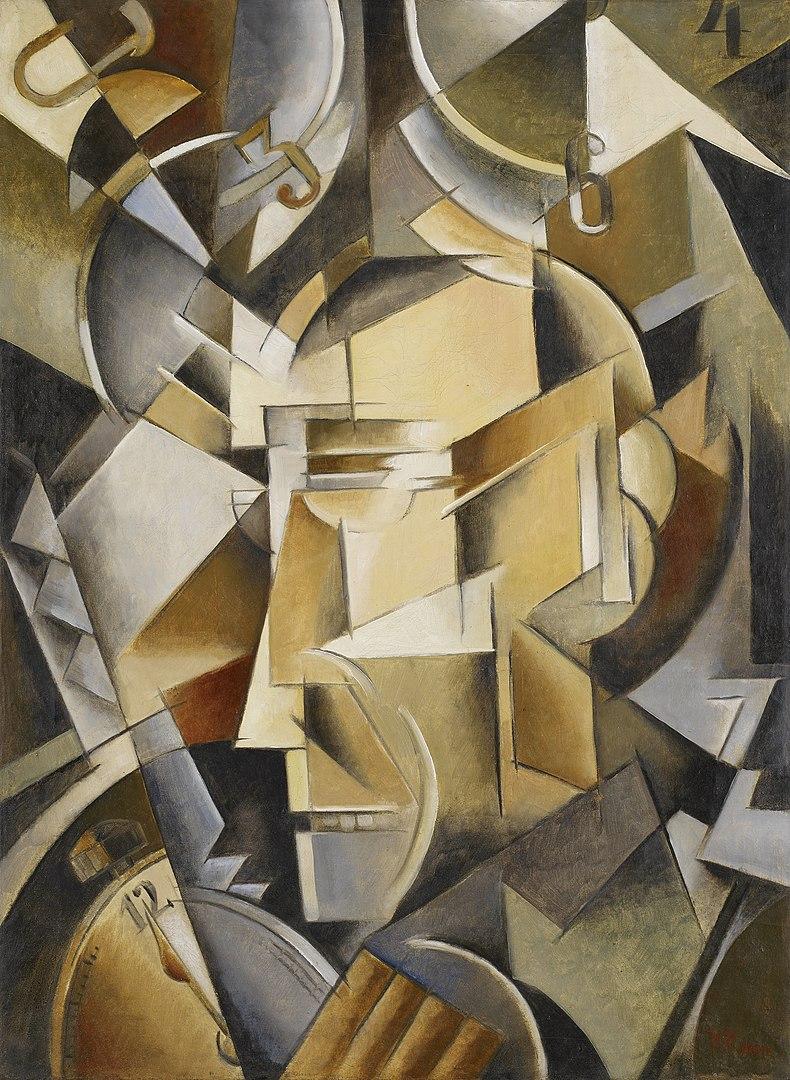Kliun was a leading light of the Russian avant-garde, friend of Malevich and pioneer of non-objective art. It was Ivan Kliun who actively helped the provincial Kazimir Malevich (1879-1935), freshly arrived from Kursk, in his early days in Moscow. Being both older and more experienced than Malevich, at the start of their relationship it was Kliun who was the leader. The situation changed a few years later and Kliun became one of the earliest followers and practitioners of Suprematism–geometric abstractionism,–the movement created by his young friend in 1915. Rivals, equals, combatants, close friends, Kliun and Malevich maintained a weekly correspondence for decades up until Malevich’s death.
In the early 1920s the artist struck out on his own original path in non-objective painting, a path unexplored by Malevich’s Suprematism. Kliun embarked upon the theoretical and practical exploration of light in abstract art. By the late 1920s however abstraction had fallen out of favour with the Soviet authorities and by 1932 had all but been outlawed with the imposition of Socialist Realism as state policy. Unlike many other artists at the time, Kliun did not turn to figurative art but pursued his experiments in abstraction and purism out of public view. Much of his work was lost during the Second World War when he was evacuated from Moscow and forced to leave the contents of his studio in the careless custodianship of a lodger who used his paintings as firewood.
It was largely through Costakis’s efforts that Kliun and many other artists of this seismic period in art history were not consigned to obscurity. Costakis, who although born in the Soviet Union remained a Greek national, began to collect works by the all-but-forgotten artists of the avant-garde in the 1950s. He tracked them down in dusty corners of commission shops and from the surviving artists and their descendants Kliun was one of the artists he admired most, he considered him to be one of the greatest experimenters of his generation and in the 1960s he managed to acquire a large number of his works from the artist’s daughter Serafima.































